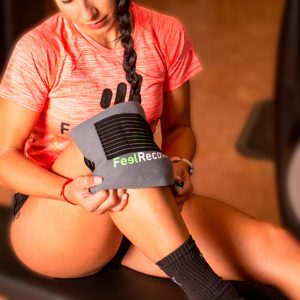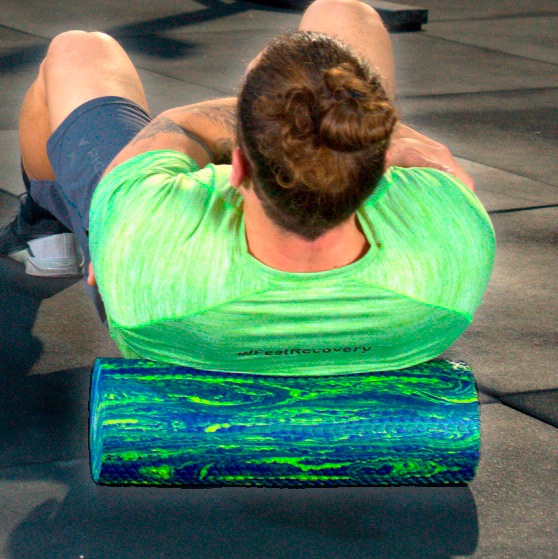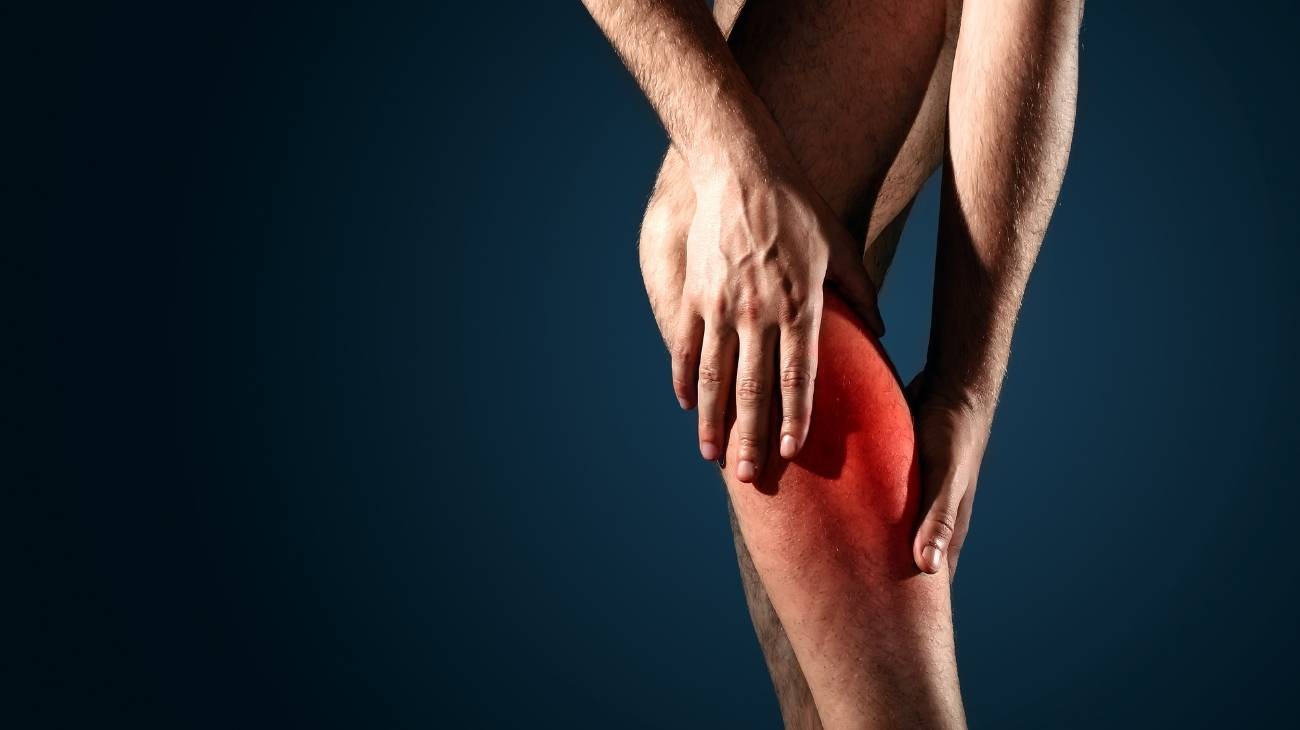Shoulder muscle strains occur when the muscles or tendons around the shoulder joint are overstretched or torn. This common injury often results from repetitive motions, sudden impacts, or improper lifting techniques. Symptoms include pain, swelling, stiffness, and difficulty in moving the shoulder. To ensure a full recovery, it’s essential to use targeted products and therapies designed specifically for shoulder rehabilitation.
Compression sleeves and shoulder braces are a cornerstone of effective recovery. These sleeves provide gentle pressure to the shoulder area, reducing swelling, improving blood circulation, and supporting the muscles during movement. Look for adjustable and breathable sleeves to ensure maximum comfort throughout the healing process.
Applying cold therapy immediately after a strain helps minimize inflammation and pain. Reusable cold packs designed for shoulder use conform to the affected area, delivering targeted relief. Cold therapy is especially effective during the first 48 hours following the injury.
As the inflammation subsides, heat therapy becomes an essential tool. Heat packs or wraps increase blood flow, relax tight muscles, and reduce stiffness, allowing for greater mobility. Regular heat therapy sessions can significantly enhance the recovery process by preparing the shoulder for rehabilitation exercises.
Massage therapy is another valuable method for addressing shoulder strains. Using handheld massagers or foam rollers helps release muscle tension, reduce scar tissue formation, and boost circulation. Incorporating massage into your recovery routine not only eases discomfort but also promotes long-term shoulder health.
For those experiencing persistent pain, TENS units (Transcutaneous Electrical Nerve Stimulation) offer a non-invasive solution. These devices send mild electrical impulses to the affected area, interrupting pain signals and stimulating endorphin production. TENS therapy is ideal for managing pain without the need for medication.
Rehabilitation exercises are critical for rebuilding strength and flexibility in the shoulder. Resistance bands and mobility tools are perfect for safely performing stretches and strengthening exercises. Gradually incorporating these exercises helps restore full range of motion and prevents re-injury.
To ensure a safe and effective recovery, maintaining good posture and avoiding overuse of the shoulder is crucial. Pairing high-quality recovery tools with consistent care will lead to better results. Feel Recovery offers a comprehensive range of products tailored to help you regain full shoulder functionality quickly and efficiently.
FAQ: Frequently Asked Questions
What is the best immediate treatment for shoulder muscle strains?
The best immediate treatment involves rest, cold therapy, and compression. Applying a cold pack and wearing a compression sleeve can help reduce swelling and alleviate pain effectively.
How do compression sleeves aid shoulder recovery?
Compression sleeves provide support to the shoulder muscles, reduce swelling, and improve blood circulation. They stabilize the area, allowing for better movement while promoting healing.
When should I switch from cold to heat therapy?
Switch to heat therapy after the initial swelling has gone down, typically 48 hours post-injury. Heat therapy helps relax tight muscles and enhances blood flow, aiding in recovery.
Are TENS units effective for shoulder strain pain?
Yes, TENS units are highly effective. They deliver electrical impulses that block pain signals, providing relief and promoting natural endorphin release for faster recovery.
What exercises are recommended for shoulder strain rehabilitation?
Gentle stretches and resistance band exercises are recommended. Focus on improving flexibility and strength gradually, avoiding overexertion to prevent re-injury.















































